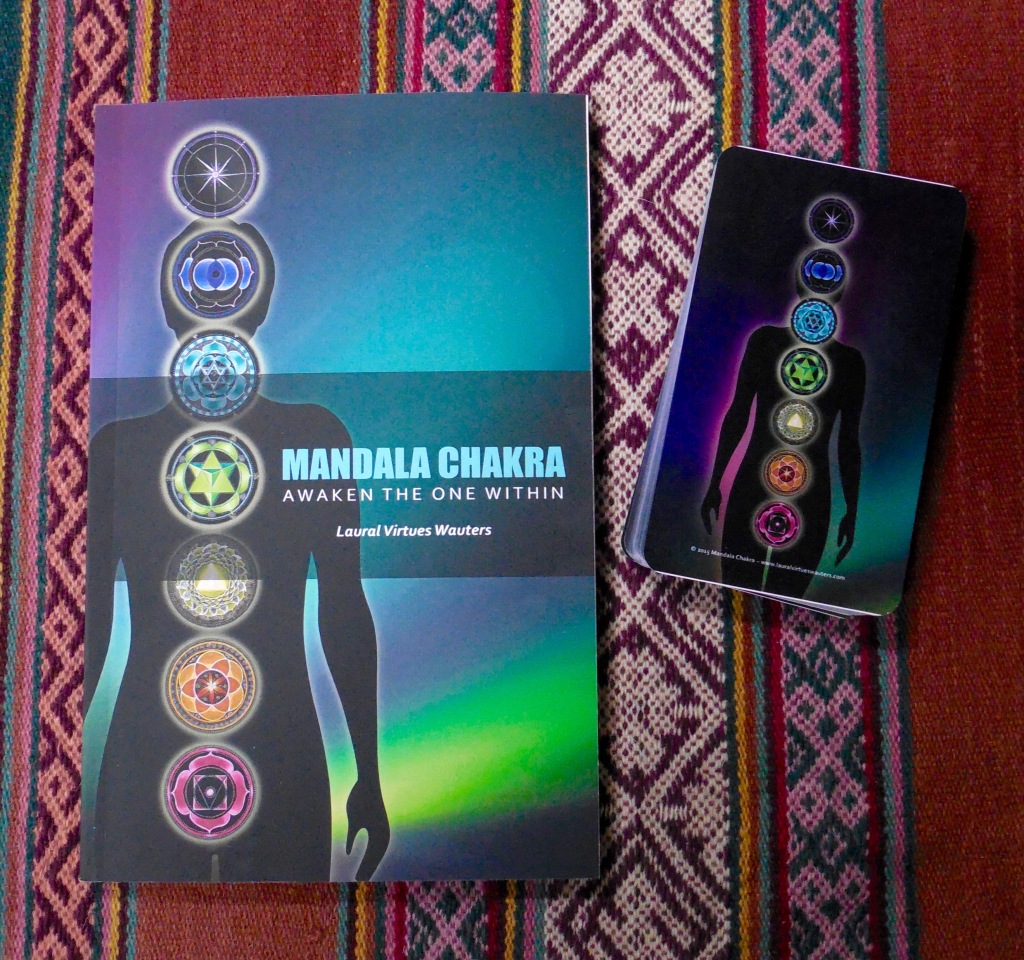
The solar plexus chakra reflects the sacred Agni fires of Hinduism. The word Hindu comes from the Persian word Sindhu, for the Indus River. Around 1500 BCE, the Rig-Veda (Rig “to praise”, Veda “knowledge”) was written. The first God mentioned in the Rig-Veda was Agni, the God of fire and wisdom. Agni serves as the messenger God between man and the heavens. Offerings, also known as sacrifice, are given to Agni fires to carry blessings on paper or used to carry the soul after death.
Atman is the Hindu word for Soul. Brahman is the “spirit” of the Atman.
The spirit of the soul is expressed through multiple deities “the shining/divine ones.”
Some Hindus are followers of Shiva (Destroyer God) or Vishnu (Preserver God), Brahman is the unifying “spirit.” Hinduism is not one unified religion but a diverse set of practices and beliefs that evolved over time. Many Hindus consider their religion as an “eternal path” or “sanatama dharma.” Reincarnation is a central belief for all Hindus. The Atman or Soul, as the divine self, is eternal. The soul is affected by karma (action). When the soul reincarnates into a human body, a person’s actions create reactions. This is the eternal law of karma, which impacts future incarnations. This cycle of reincarnation is called Samsara where the soul is reborn over and over again according to their karma.
The goal is to achieve liberation (moksha) and be free from Samsara. Agni fires are used to help clear karma within our lifetime and to lift the karma of our soul between lifetimes. Our solar plexus asks that we feed our digestive Agni fire carefully and mindfully.
Message: We must use our power and wisdom to transform our life. Become aware of our actions and reactions. Are our actions aligned with our soul? If they are not, find the courage to change. Believe in ourself and the power we have to take the necessary actions to accomplish our dreams.
“You must be the change you want to see in the world.” – Mahatma Gandhi
The Hindu symbol is the mantra AUM. The large lower curve symbolizes the waking state. The upper curve is the state of deep sleep. The middle curve is the dream state. The dot is the blissful state of consciousness. A semi-circle (maya) separates the dot from the other three curves. The illusion of maya prevents the seeker from obtaining the blissful state. Moksha occurs when you conquer this illusion through yoga.
If you liked what you read and want more... you may be interested in having the actual guidebook and card deck. The 134 page full-color book is sold separately from the cards. My goal is to find a publisher who can offer this as a set. In the meantime, you can purchase either the book or cards via these links. Thank you for your support. Laural
Mandala Chakra book available at: Amazon
Mandala Chakra card deck available at: Printers Studio

For more information visit: lauralwauters.com

Pingback: 9. Vesica Piscis | Awaken Within